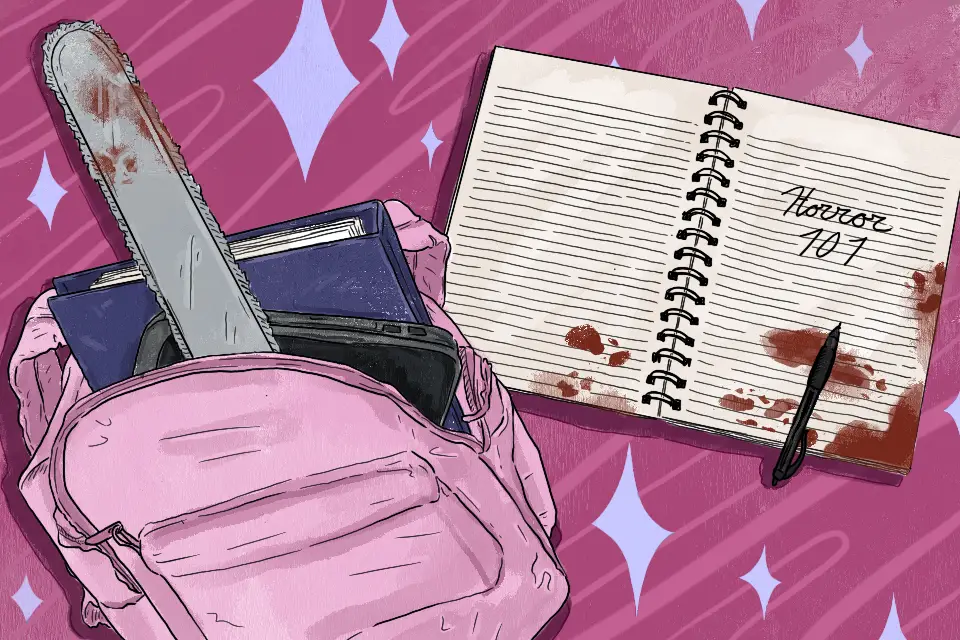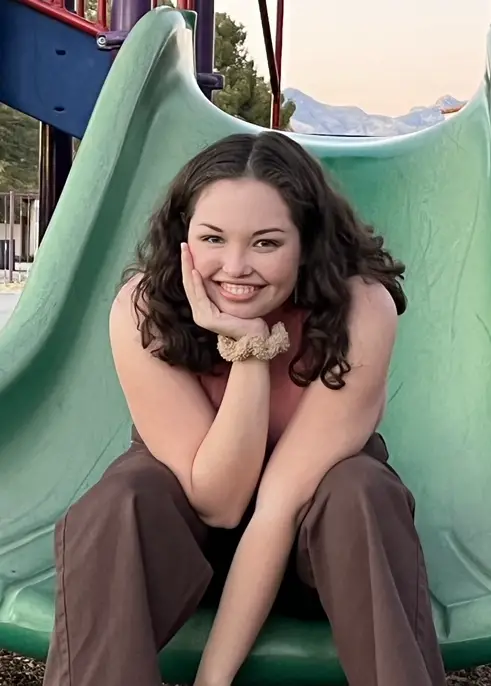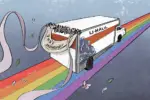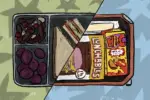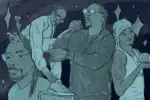2023 saw the release of “Totally Killer,” a comedy-thriller about a teenage girl traveling back to 1987 to stop a murderer, and “Lisa Frankenstein,” a love letter to midnight movies and teenage horror. Both were received positively, indicating that the “killer teen” movie genre is more relevant and beloved than ever.
The “killer teen” genre seems like an obvious one. Adolescence can be an era of high emotion and rapid change, and socialization is often a brutal ritual. The stereotypical melodrama and claustrophobia of high school can make the experience something of a pressure cooker (especially in the time before anti-bullying campaigns).
However, even if the defining features of the “killer teen” movie seem obvious to us today, cliques, class hierarchies, revenge, and deception in the name of status, they are actually the product of decades of evolution in both the high school experience and what it means to be a teenager altogether.
The “killer teen” trope has deep roots in the exploitation movie genre. Most movies about misbehaving youths can be traced back to sensationalist films about the dangers of “marihuana” from the 1930s. The most famous of these movies was “Reefer Madness,” which depicted a group of adolescents caught up in the evils of weed, ultimately resulting in the accidental martyr-like death of an innocent young woman.
The spiritual successors to the ‘30s drug scare films were the disruptive B-movies of the late ‘50s and early ‘60s. Toeing the line between exploitation, edutainment, and teen rebellion, movies like “I Was a Teenage Werewolf” and “Sorority Girl” provided risque representation of an ever-growing demographic.
Of these pulpy pictures, “High School Hellcats” remains the clearest predecessor to the “killer teen” movie genre. The film follows Joyce Martin, a naive and innocent high schooler, as she is singled out and initiated into her new school’s girl gang, the Hellcats. Unlike “Reefer Madness,” the murder in this movie is committed intentionally in an effort to gain power within the group ruling the school. In this way, “High School Hellcats” is a clunky precursor to the now-infamous killer clique power dynamics found in movies like “Heathers” or “Jawbreaker.”
In the 1970s, high school exploitation films began to create higher-concept storylines around their salacious imagery. Particularly, “Massacre at Central High,” changed what a violent teen exploitation film could be: the 1976 movie used the tale of teenage killer David to explore themes of class and cyclical violence in society (that is when it wasn’t filming naked young women running along the beach).
Despite its sleaze, the exploitation in “Massacre at Central High” seemed tongue-in-cheek, with a darkly comedic tone and social message that laid the groundwork for high school slashers to elevate just slightly above their previous content. Other movies, like “Carrie,” which came out the same year, reinforced this shift in caliber and focus.
Finally, in the 1980s, the “killer teen” trope took the form that we often think of today. Teen thrillers of this decade expanded on and cemented the harsh strata of high school politics and themes of revenge introduced in “Massacre at Central High,” both of which are now a genre staple.
The 1988 cult classic “Heathers,” played an especially instrumental role in the feminine reclamation of what was, up until that point, an almost exclusively exploitative genre. It was Veronica Sawyer who turned the deadly catfighting of movies like “High School Hellcats” and the revenge killing of “Massacre at Central High” into a form of empowerment.
Not only was “Heathers” grounded in a complex and realistic female perspective, but the movie also refrained from the hyper-sexualization of its teenage lead that often characterized its predecessors. It went in the opposite direction and explored the negative effects of sexualization on its central clique.
“Heathers” also refrained from the message that youthful goodness and purity were necessary to win, as was common in so many movies before it. Rather, Veronica Sawyer kills people, loses her virginity to her co-murderer and comes out the other side victorious and righteous anyway.
“Heathers” is extremely similar to “Massacre at Central High.” The two movies parallel each other almost exactly: from the high school hierarchy to the new kid committing revenge killings, to even a bomb threat. The only real difference is that Veronica, unlike her helpless “Massacre” predecessor, Theresa, stops the killer by being ugly and flawed. She is just as angry, bitter, and morally gray as her evil ex-boyfriend, and that’s what makes her successful in stopping him.
“Heathers” and other teen killers of the ‘80s left a mark on movies that we see even now. Films like “Jawbreaker,” “Scream,” “I Know What You Did Last Summer” or the more recent “Thoroughbreds,” exist in the gray space carved out by Veronica. The aforementioned “Lisa Frankenstein” uses murder as a coming-of-age ritual but also reverses the roles from “Heathers,” exploring what happens when the empowerment of revenge goes too far.
The longer the “killer teen” genre is around, the more interesting it becomes, and we can only hope the unique amalgamation of exploitation and empowerment yields even more iconic heroines before the decade is up.


